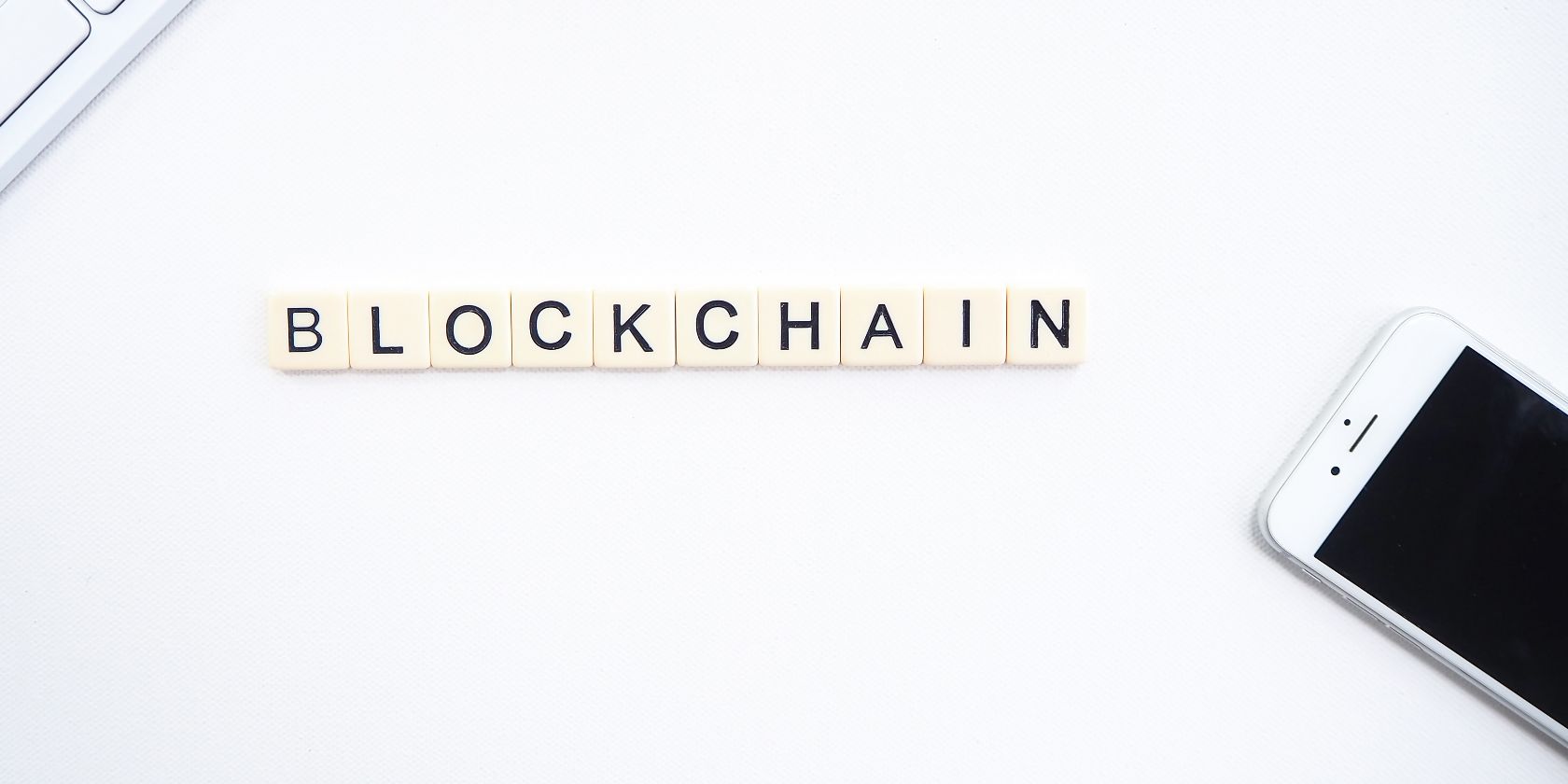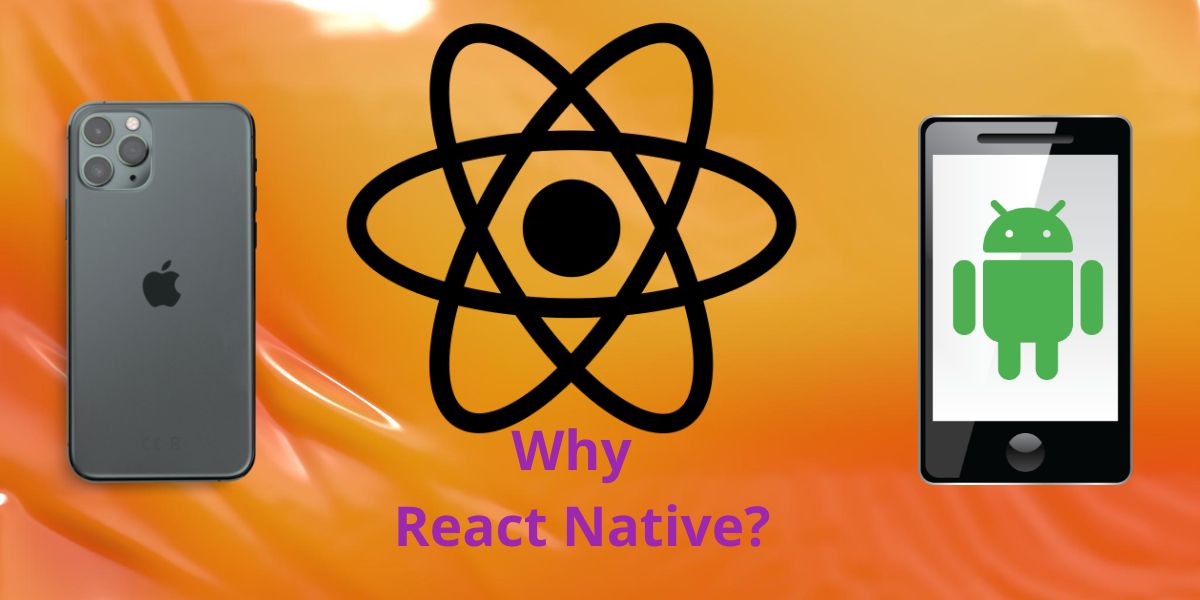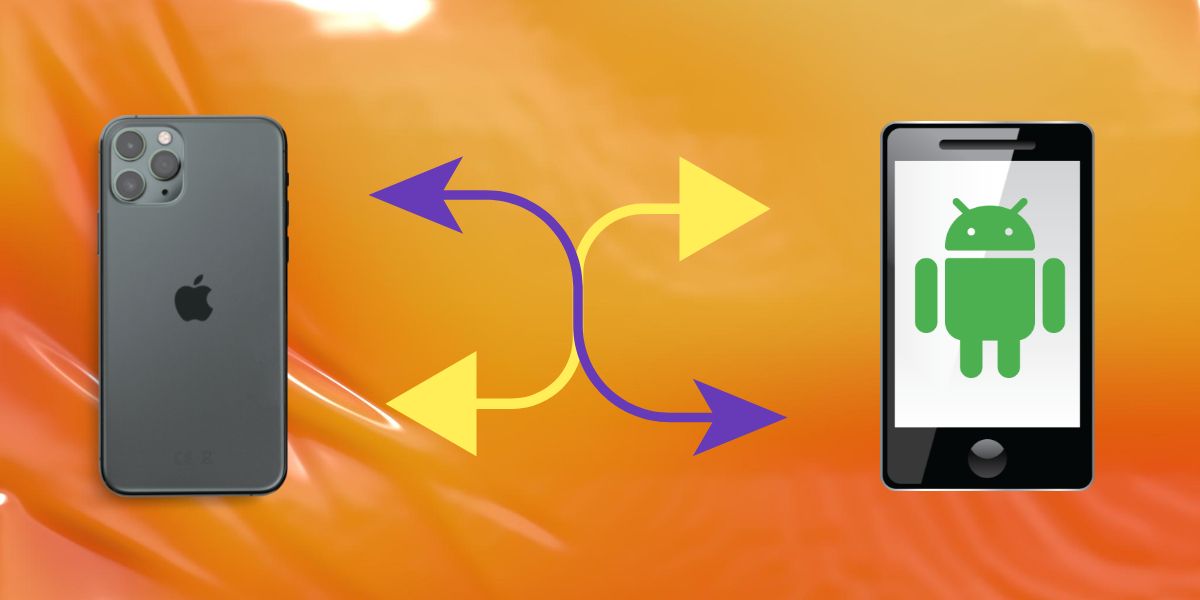Mobile app development is a multi-billion dollar industry. It has many revenue generation opportunities like in-app content, advertising, among several others. End users also benefit from mobile apps by accessing work or entertainment content on the go.
This article will inform you how your app development project can benefit from using blockchain technology and the React Native framework.
How Do Blockchain & React Native Work for Mobile Apps?
Blockchain is a record of transactions that you may know as a decentralized ledger.
React Native is the most popular app development framework. Some highest-ranking apps like Facebook, Instagram, Walmart, and SoundCloud Pulse all have React Native in their tech stack.
Cryptocurrency, digital wallets, and NFT minting platforms use blockchain technology for mobile app development to boost the security of their app database or live transactions. The developers then use the React Native app development framework to improve the user experience (UX) and user interface (UI).
Why Choose Blockchain for React Native Mobile Apps?
Blockchain technology abolishes any requirement for the third parties during one-to-one (P2P) transactions of crypto coins, NFTs, currencies, or even text messages.
For the following reasons, you may want to adopt blockchain for your next mobile app development project:
1. Decentralized and Open-Source
Blockchain technology comes with an open-source license for personal or commercial use. Open-source or free-to-use license means you don’t have to shell out extra money to implement this tech.
Blockchain is the toughest target for hackers because it's a decentralized network. If you use a conventional database for mobile apps, your app data is an easy target as its available on one server. If you decentralize the app data in numerous network computers, data theft is next to impossible.
2. Simple to Implement
A decentralized ledger or blockchain may sound like complex technology. However, it’s simpler than other emerging technologies like the Internet of Things (IoT).
Moreover, big tech companies are creating blockchain consortiums for the global promotion of this technology. You can learn more about blockchains from Hyperledger, Enterprise Ethereum Alliance, and many more.
You and your development team can also go through short-term blockchain courses that are either free or affordable, and will give you the background knowledge you need. Some reliable online learning platforms are Hacker Noon, The Blockchain Academy, and Udemy.
3. Near-Zero Data Manipulation
In a public blockchain network, thousands of computers scrutinize transactions on the network. Then, they create cryptographic codes like hash codes to publish the transaction and lock the block.
There is virtually no way for any single computer on the network to modify this digital ledger. If someone wants to hack the blockchain, they need to own at least 51% of total network computers—which is also not feasible. Furthermore, there are systems in place to defend blockchains against what is known as the 51% attack.
4. Easy to Authenticate
One-time passwords and sign-in passwords are the common headaches for every mobile app access. But with blockchain technology, you can implement self-sovereign identity (SSI) that frees the users from remembering passwords.
SSI-based digital credentials will instantly give the users easy access to the app. You can forget data breaches in your app as SSI is one of the robust authentication systems for data security.
5. Receive Constant Updates
Leading tech companies and app developers are adopting the blockchain for their apps. As a result, this technology will keep receiving more updates in the future.
Since the technology is open-source, you can simply implement the latest updates in your mobile app. It saves your development project both time and money.
Why You Should Use React Native for Blockchain Apps
React Native app development framework is equally beneficial for the developer, business, and the end-user. Take a look at the following reasons that justify the use of React Native in blockchain apps:
1. Better Compatibility and Performance
React Native app development framework offers better flexibility and device compatibility than its competitors. You can code in-app features using Objective-C or Swift. Then, compile them in a native iOS app using React Native.
Apps built using React Native framework easily support third-party plug-ins, increasing the monetization scope of the app. It also enables you to run complex tasks through simple programming codes, reducing memory usage of the device.
2. Code Reusability
Your React Native app development project will require React JS, native APIs, and native UI libraries to write one programming code for both iOS and Android operating systems.
Hence, you’ll use the same code to build either an Android or iOS app. It ensures that the app’s features, branding, and performance stay consistent for all the platforms.
Also, you can easily convert obsolete web apps to native-looking mobile apps by re-using component logic, state management, and React hooks.
3. Free and Ready-to-Use UI Components
React Native framework allows you to use diverse UI libraries that are available for free. You don’t need to code Picker, Button, Switch, or Slider from scratch. You can simply source UI elements from the libraries like Teaset, NativeBase, and Ignite CLI.
4. Bespoke UX Features
Businesses are looking for personalization to attract more users to their platforms. Tailor-made apps allow the users to modify app UX to showcase their own logo, font style, image, theme, notification sound, etc.
React Native allows the app developers to automate these personalizations from the server-end. As a result, the user can simply modify the app through the drag-and-drop feature without knowing much about app development.
5. Easy Patching and Debugging
Once your app is live, the support team constantly receives valuable app feedback, feature requests, and bug reports from the users. Thus, debugging and patching are the two most crucial tasks your team needs to handle as a part of app maintenance.
If you build the app using React Native, you only need to examine one codebase. When you come up with a solution, you can push the patches to both iOS and Android devices. Doing this saves you time and cost for app maintenance.
For any patching and debugging, you don’t need to shut down the app. You earn user trust and support by minimizing maintenance-related app downtimes.
Build Secure and Cost-Effective Mobile Apps With Blockchain and React Native
React Native is a popular way to build blockchain-based apps, and for good reason. When used together, both are simple to use compared to other emerging technologies, and you don't need to compromise security for UX either.
Several companies have already adopted blockchain and React Native, including several cryptocurrency platforms and financial services providers. And you can expect more to follow suit.





